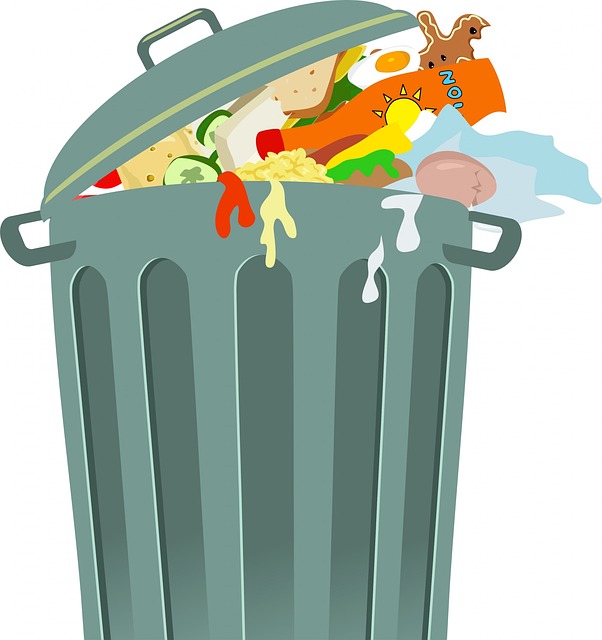
Incineration as the most favourable method of waste disposal
Waste is a by-product of production serving no useful purpose. The range of wastes is rather large, starting from domestic garbage to industrial hazardous waste, biomedical waste, municipal solid waste, ship waste, laboratory waste, animal waste, liquid waste, gaseous waste and so son.
One of the most effective ways of dealing with wastes, to reduce their harmful potential is by incineration. Incineration is increasingly looked upon as a favourable means of waste treatment and disposal, especially when compared to alternative methods.
In comparing incineration – the destruction of a waste material by the application of heat – to other disposal options such as land burial, the advantages of incineration are obvious:
• The volume and weight of waste are reduced to a fraction of its original size.
• Waste reduction is immediate. It does not require long term residence in a landfill.
• Waste can be incinerated on-site, without having to be carted to a distant area.
• Air discharges can be effectively controlled for minimal impact on the atmospheric environment.
• The ash residue is usually sterile.
• Technology exists to completely destroy even the most hazardous of materials in a complete and effective manner.
• Incineration requires a relatively small disposal area, not many acres required for landfilling.
• By using heat recovery techniques, the cost of operation can often be reduced or offset.
Incineration will not solve all waste problems. Some disadvantages include:
• Capital cost is high.
• Skilled operators are required
• Not all materials are incinerable, such as high aqueous wastes or non-combustible solids.
• Some materials require supplemental fuel to attain mandated efficiencies of destruction.
Let us look at some of the waste streams:
1. Biomedical waste incineration: These wastes are generated by hospitals, nursing homes, laboratories, animal research facilities and others. The disposal of these wastes is now governed by regulations which are being revised and amended from time to time. Incineration is a favoured method of treating these wastes because it is the only commercially available method of treatment which destroys the organisms present in this waste completely and effectively. It should be noted however that sharps and plastics (PVC) should not be incinerated.
2. Industrial Hazardous wastes: These wastes are numerous and their nature and characteristics vary from the industry and the type of production process. For example, in an automobile manufacturing industry, the wastes could be from the paint booth/pond, or from used lubrication oil, oil soaked cotton, etc. Similarly in the pharma industry, it could be gelatin waste, rejected products, expired medicines, etc. Some of these wastes are in solid form, some in sludge form and some in liquid form. Most of these wastes have a high calorific value and can be easily incinerated. However, the flue gas has to be treated using appropriate air pollution control equipment, depending on the emissions required.
3. Gaseous waste: Auto industries, chemical plants, paper mills, large printing presses, can manufacturers, etc. use air to dry products / prints. This air contains volatile organic compounds (VOCs) which are hazardous to the environment and to people who breathe this air. This needs to be treated before being released to the atmosphere.
4. Municipal Solid Waste: This is basically domestic garbage consisting of a mixture of refuse, paper, floor sweepings, foliage, concrete blocks, kitchen waste, packaging materials, sanitary napkins, diapers and so on. Municipalities generally encourage residents to segregate non-incinerable and recyclable wastes from the incinerable ones. Segregated wastes are sent for incineration and others for recycling and other disposal means. Municipal solid waste incineration is done round the clock and the heat energy is used to generate power. This is the practice in many countries.
5. Animal Waste: With the awareness among people spreading about diseases from dead stray animals, combined with no option being available to dispose of dead pet animals and those in animal houses and laboratories as well as in zoological parks, incineration remains the only acceptable solution.


